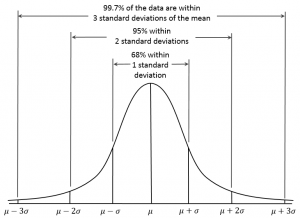Blockchain Forecast To Create $122B In Business Value For Advertising, Media By 2030
Blockchain technology is forecast to create a business value of $2 trillion by 2030, according to data released Wednesday. The emerging technology also is poised to have a major impact on advertising and media.
“Business value” refers to the cost savings and efficiencies that companies could gain by incorporating blockchain into corporate business strategies, explains Don Tait, senior blockchain analyst at IHS Markit, a market and analysis firm.
In 2017, the business value created by blockchain technology was estimated at about $12.5 million. Estimates put the “probable” forecasted value of blockchain for the advertising and media industry at $122 billion by 2030 — up from about $10 billion in 2025.
The assumptions behind the probable forecast require adoption within the next two years, as well as high adoption rates by advertisers, publishers and users, Tait explains in an email to MediaPost.
Other factors that come into play require advertisers and media companies to “embrace” blockchain technology and begin using it as part of their business processes. Governments and regulatory bodies also must take positive steps toward blockchain technology, and large companies embrace blockchain and DLT technology and incorporate it into their business processes to help them gain efficiencies and reduce costs.
The report notes that blockchain in retail and e-commerce is forecast to be led by trade promotions, decentralized marketplaces, payments, smart contracts, supply chain and other applications.
As the number of blockchain projects that are launched and become commercially deployed within this vertical sector increase, the business value is projected to reach $164 billion by 2030.
Tait believes that “blockchain and smart contracts can also provide the tools and framework to create a new generation of marketplaces where the supply and demand sides can engage in trusted trading transactions, according to various business rules, without the need for a central brokerage entity.”
(125)
Report Post






